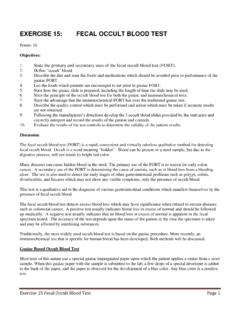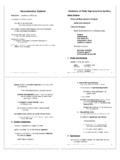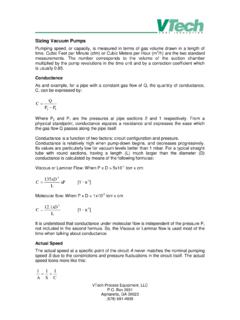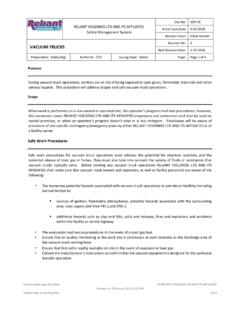Transcription of How to: VACUUM TESTING - Austin Community …
1 How to: VACUUM TESTING How to Conduct the VACUUM Test Connect a tachometer and VACUUM gauge to a none regulated VACUUM source on the engine. Disconnect and plug fuel vapor canister VACUUM lines. Start engine and run the engine until it reaches normal operating temperature. Note the VACUUM gauge reading and any variations in the pointer movement at idle and 2000 RPM. If the VACUUM reading is steady and between 18 and 22 in Hg. the VACUUM test indicates that the VACUUM system and the basic engine is in good condition If the VACUUM reading is below 18 in Hg. at idle (at sea level less if corrected for altitude), the engine is NOT developing sufficient VACUUM . If the VACUUM gauge fluctuates at idle, possible causes are sticking/leaking valves and/or ignition misfire. Page 11 If the VACUUM gauge fluctuates at idle but steadies as engine speed is increased, check for leaky valves or a faulty camshaft the is holding the valves open If the VACUUM gauge fluctuates more as engine speed increases, possible causes are a leaking head gasket, leaking valves, weak or broken valve springs, and/or ignition miss.
2 If the VACUUM gauge seems to fluctuate regularly each engine cycle, the possible causes are a burnt, leaking valve or improper valve clearance. The faulty valve will cause the VACUUM gauge to fluctuate when it operates If the VACUUM reading drops steadily as engine speed increased, there is excessive backpressure due to restriction in the catalytic converter or the exhaust system. If the VACUUM gauge seems to drift lazily at idle, possible causes are an extremely lean air/fuel mixture or a minor VACUUM leak. Page 12
















